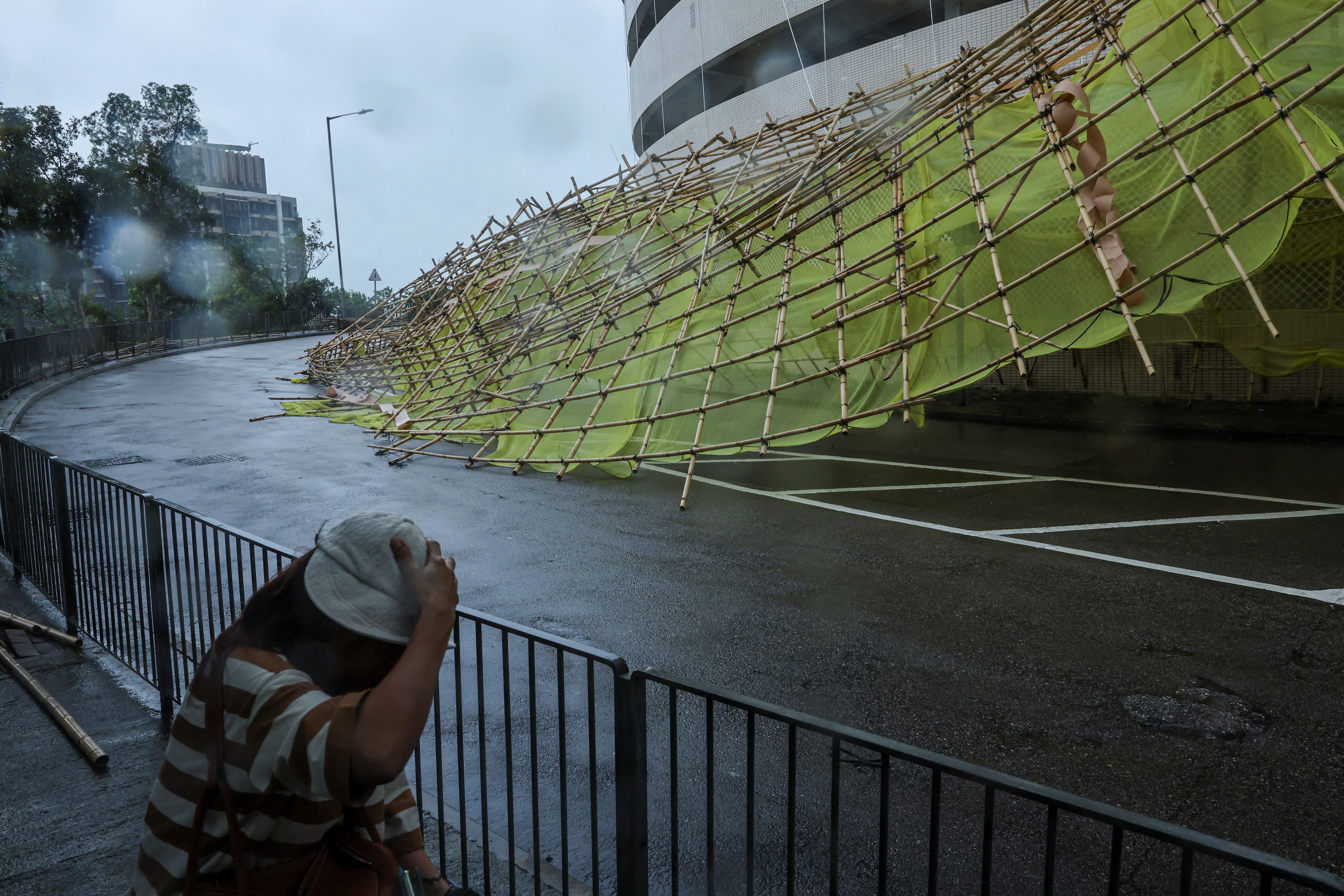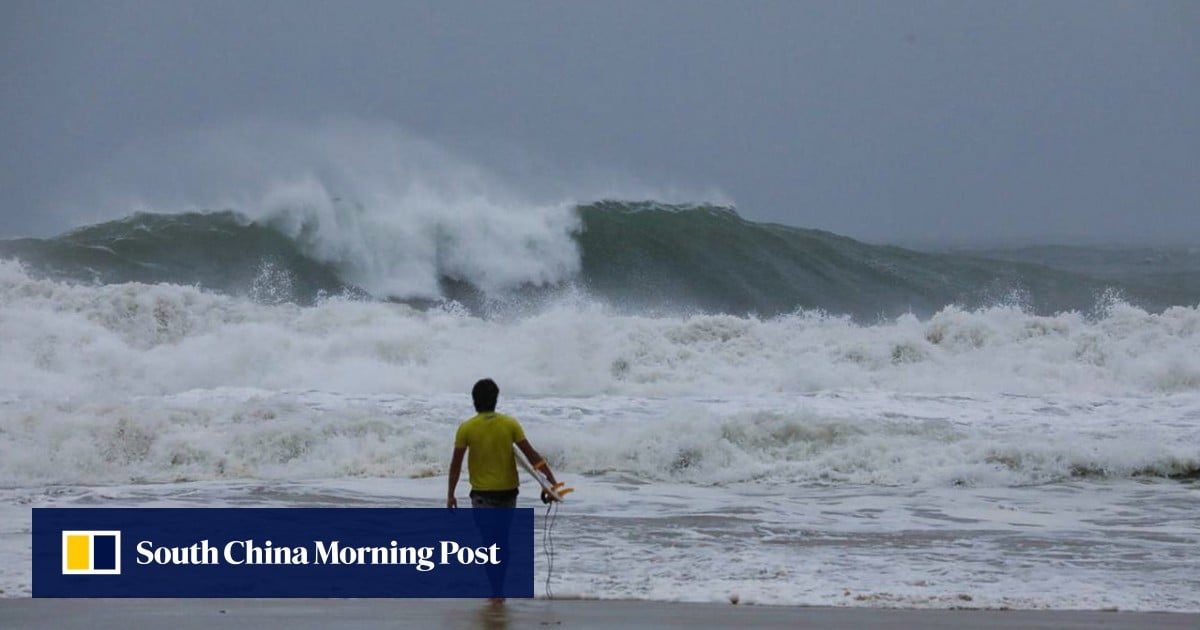Hong Kong faced an unprecedented onslaught from Typhoon Wipha as hurricane-force winds exceeding 167 km/h swept through the territory, prompting officials to issue the highest storm warning of Hurricane Signal No. 10. With rain lashing the city and extreme conditions gripping public life, over 400 flights were canceled at Hong Kong International Airport, causing chaos for approximately 80,000 travelers. Schools and businesses shuttered their doors as authorities urged residents to remain indoors,
Did You Know
Octopuses have three hearts and blue blood.
?
AD
fearing not only the violent winds but also the potential for extensive damage.
The storm did not discriminate, wreaking havoc throughout the city by uprooting trees, collapsing scaffolding, and bringing infrastructure to a near standstill. Streets were littered with debris, and public transport came to a grinding halt, amplifying the sense of urgency as Hong Kong braced for the typhoon's wrath. Meanwhile, just across the border in mainland China, precautionary measures escalated to evacuate hundreds of thousands of residents in southern China as Wipha made landfall, inflicting further chaos and concern for those in its path.
As the initial fury of Typhoon Wipha began to recede, it triggered a shared spirit of resilience among the citizens of Hong Kong. Despite the raging storm, many businesses remained open, demonstrating a determination to support the community amid adversity. The government and local agencies scrambled to assess the damage and adapt to the new normal, while the looming threat of the storm moving toward Vietnam reminded all of the ongoing perils nature can impose. Now, as residents turn their attention to recovery, the collective strength of the community shines bright against the backdrop of devastation.
Q&A (Auto-generated by AI)
What is a typhoon and how does it form?
A typhoon is a type of tropical cyclone characterized by strong winds and heavy rain. It forms over warm ocean waters, typically in the western Pacific Ocean, when warm, moist air rises and creates a low-pressure area. As the air rises, it cools and condenses, releasing heat and causing more air to be drawn in. This process can lead to the development of a well-defined storm structure, including a center known as the eye, surrounded by intense winds and rainbands. Typhoons can cause significant damage when they make landfall, as seen with Typhoon Wipha.
How does Typhoon Wipha compare to past typhoons?
Typhoon Wipha, which impacted Hong Kong and southern China, was notable for its intensity and the disruption it caused. It reached winds of over 167 kilometers per hour, prompting the issuance of the highest storm warning, Hurricane Signal No. 10. Comparatively, past typhoons like Super Typhoon Saola in 2023 also brought severe weather, but Wipha's impact was significant in terms of flight cancellations and damage to infrastructure, showcasing the increasing frequency and intensity of such storms in the region.
What impacts do typhoons have on air travel?
Typhoons can severely disrupt air travel due to high winds and heavy rain, leading to flight cancellations and delays. During Typhoon Wipha, for instance, airports in Hong Kong and nearby regions canceled or postponed hundreds of flights, affecting thousands of travelers. Airlines, such as Cathay Pacific, often preemptively cancel flights to ensure passenger safety. The economic impact is also significant, as airlines face financial losses and travelers incur additional costs for rescheduling or accommodation.
How does Hong Kong prepare for typhoons?
Hong Kong prepares for typhoons through a comprehensive early warning system managed by the Hong Kong Observatory. This includes monitoring weather patterns and issuing storm signals that inform the public about the severity of an approaching storm. Preparations also involve coordinating with emergency services, suspending public transport, and closing schools and businesses to ensure safety. Residents are encouraged to secure their properties and stock up on essential supplies. These measures are crucial for minimizing damage and ensuring public safety.
What are the safety measures during a typhoon?
During a typhoon, safety measures include staying indoors, securing windows and doors, and avoiding unnecessary travel. Authorities recommend having an emergency kit with essentials like food, water, and medications. It's also advised to stay updated on weather reports and follow instructions from local authorities. In Hong Kong, the issuance of storm signals, such as the T10, alerts residents to the severity of the storm, prompting them to take appropriate precautions to protect themselves and their property.


















